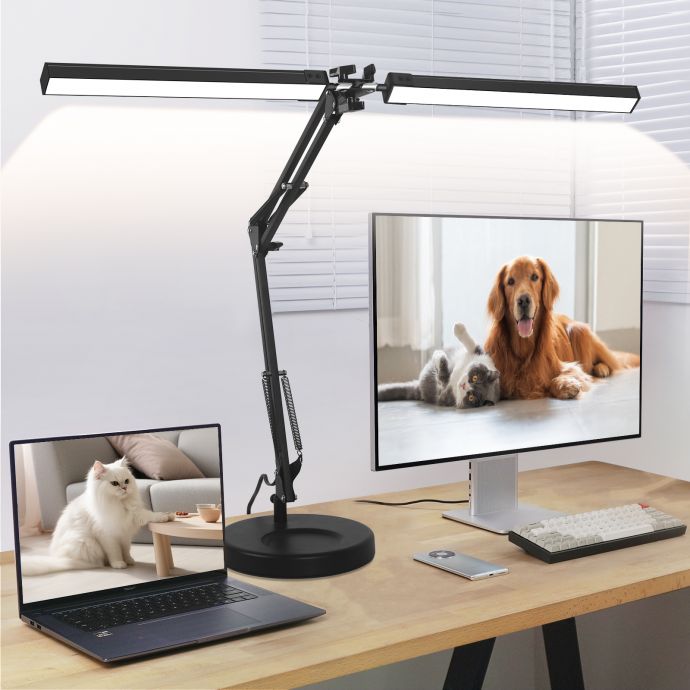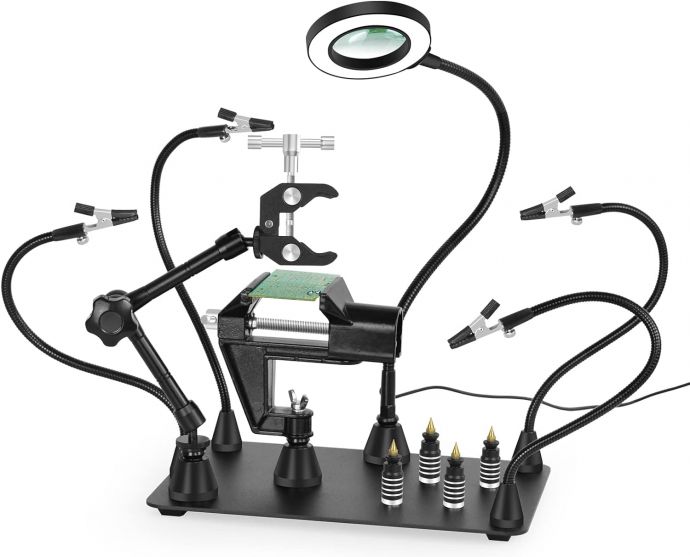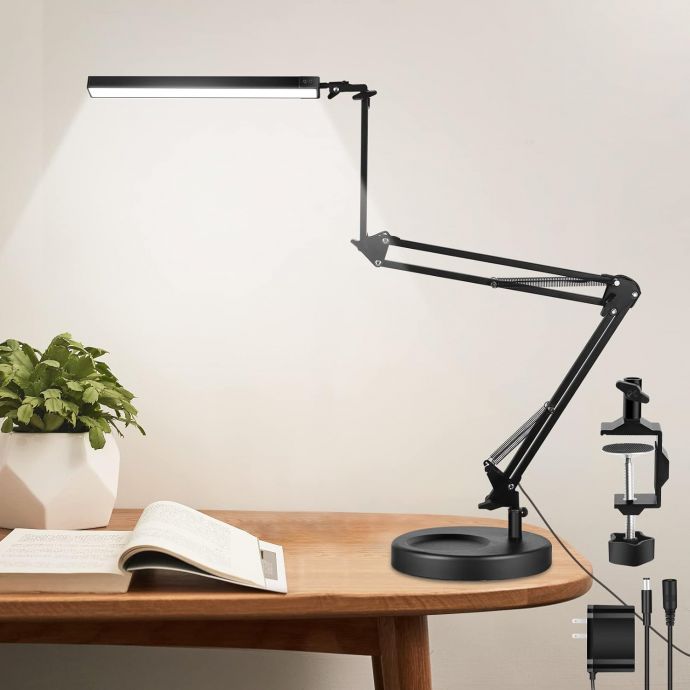Exploration is an intrinsic part of human nature, a journey into the unknown that has driven scientific discoveries, historical revelations, and personal insights for centuries. In this quest for understanding and detail, the magnifying glass has been a trusted companion, bringing the minute into focus and the distant within reach. Yet, for those venturing into the depths of detail, a magnifying glass with an added feature — illumination — transforms this simple tool into an indispensable asset. Here, we delve into the fascinating world of magnifying glasses with built-in lighting, showcasing their remarkable benefits and diverse applications and offering guidance on selecting the perfect tool for your needs.
**Understanding the Tool**

A magnifying glass with light is a remarkable advancement in the realm of optical aids. At its core, it combines the classic convex lens with an integrated light source, typically LEDs, to provide a consistent and even illumination of the object of focus. This enhancement addresses several limitations of traditional magnifiers, particularly in low-light environments or when examining intricate details that demand crisp, clear visualization.
**Advantages of Illumination**
The addition of light to a magnifying glass serves multiple purposes. First and foremost, it reduces the need for external lighting, which can cast shadows and distort the details of the object being examined. The built-in LEDs often offer adjustable brightness, allowing users to customize the light intensity according to their needs and the specific details they wish to highlight. Additionally, the light enables users to work for longer periods without eye strain, a common issue when relying solely on ambient lighting.

**Applications Across Fields**
The utility of a magnifying glass with light extends across a multitude of fields and personal interests:
1. **Scientific Exploration:**

In laboratories, precise observation is crucial. Whether examining biological specimens or chemical compounds, a magnifying glass with light can make a significant difference. It allows researchers to inspect minute changes and characteristics that could be easily overlooked, thus enhancing the accuracy of their observations and findings.
2. **Historical and Archaeological Analysis:**
Professionals and enthusiasts alike utilize magnified light to uncover the secrets of the past. From deciphering ancient scripts to examining artifacts and fossils, the ability to see details clearly without risk of damage can offer new insights into historical narratives and evolutionary cycles.
3. **Hobby and Craft Enthusiasts:**

For those passionate about hobbies such as model building, philately, or jewelry-making, precision is paramount. A magnifying glass with light aids in the examination of fine details, assists in the careful manipulation of small components, and enhances the appreciation of intricate artistry.
4. **Medical and Forensic Professions:**
In medical settings, accurate diagnosis often depends on the ability to observe details up close. Magnifying glasses with light are invaluable for dermatologists, dentists, and other specialists who require enhanced visibility. Similarly, in forensic science, these tools can reveal otherwise hidden evidence, assisting in crime scene investigation and subsequent analysis.
5. **Everyday Utility:**

Beyond specialized applications, illuminated magnifying glasses offer everyday benefits. They are perfect for reading small print in books, instructions, or labels, especially for those with deteriorating eyesight. Moreover, they facilitate deciphering product labels and ingredient lists in dimly lit shopping aisles.
**Choosing the Right Magnifying Glass**
When selecting a magnifying glass with light, several factors should be considered to ensure it meets your specific requirements:

- **Magnification Power:** Different tasks require different levels of magnification. A moderate 3x magnification might suffice for reading, while scientific work may demand 10x or more.
- **Lens Quality:** Opt for high-quality glass lenses over plastic to prevent distortion and provide a clearer, more accurate image.
- **Lighting Options:** Adjustable LED lights are preferable, providing flexibility in brightness and allowing for use in various lighting conditions.

- **Ergonomics and Design:** A comfortable handle, adjustable neck for hands-free use, and lightweight design can significantly enhance the user experience, particularly during prolonged use.
- **Power Source:** Consider whether the light is battery-operated or rechargeable, which can affect usability and convenience.
**Innovations and Future Directions**
As technology advances, so too does the development of magnifying glasses with light. Current innovations include magnifiers with dual lenses for enhanced depth perception, USB charging capabilities replacing conventional batteries, and integration with digital microscopes that allow for image capture and analysis, further bridging the gap between traditional exploration and modern technology.
The future holds exciting prospects where augmented reality (AR) might be incorporated into these devices, overlaying digital information upon the real-world view, thus enriching the exploration experience. Such advancements could revolutionize fields like education and research, offering interactive learning and innovative data interpretation methods.
**Conclusion**
In an era where the pursuit of precision and insight remains as vital as ever, the magnifying glass with light stands as a testament to human ingenuity — a simple yet profound tool that illuminates the path of discovery. As we continue to seek answers to ever-more-complex questions, these enhanced optical aids remind us that sometimes, the clearest understanding comes not from looking further, but from looking closer. Whether for professional use or personal enrichment, this tool unlocks new worlds of detail, transforming the way we see and interact with the world around us. In illuminating exploration, we unlock not just the secrets before us, but the potential within us.









